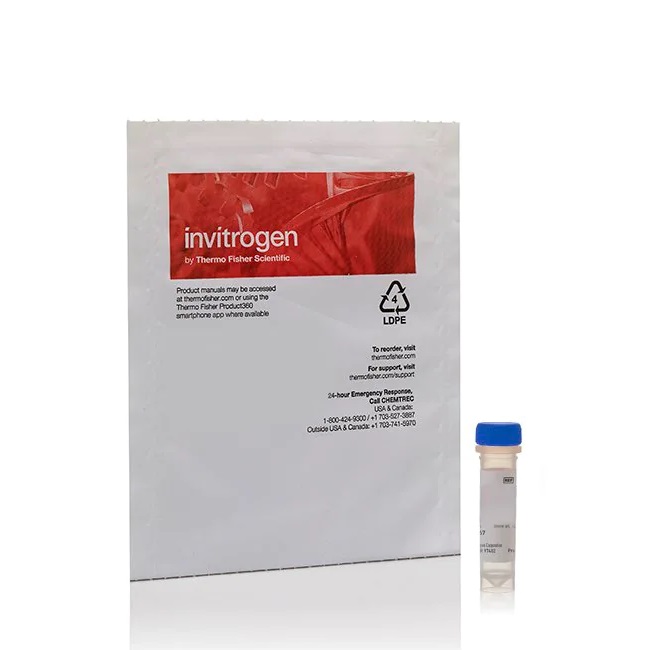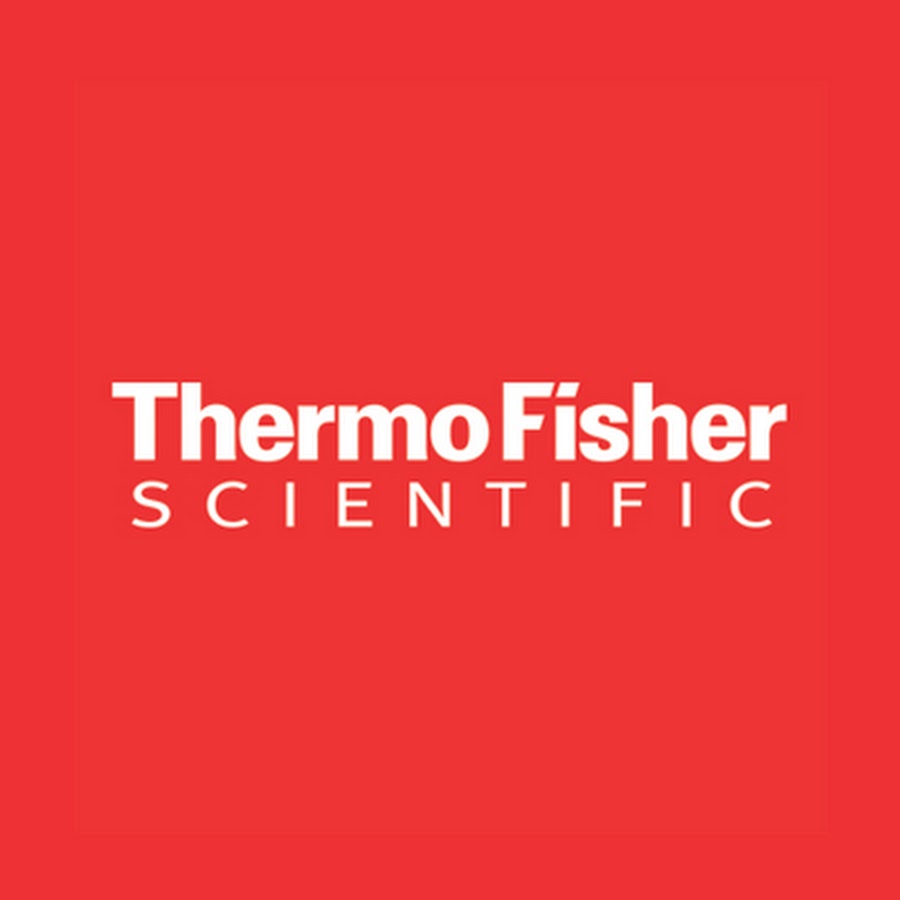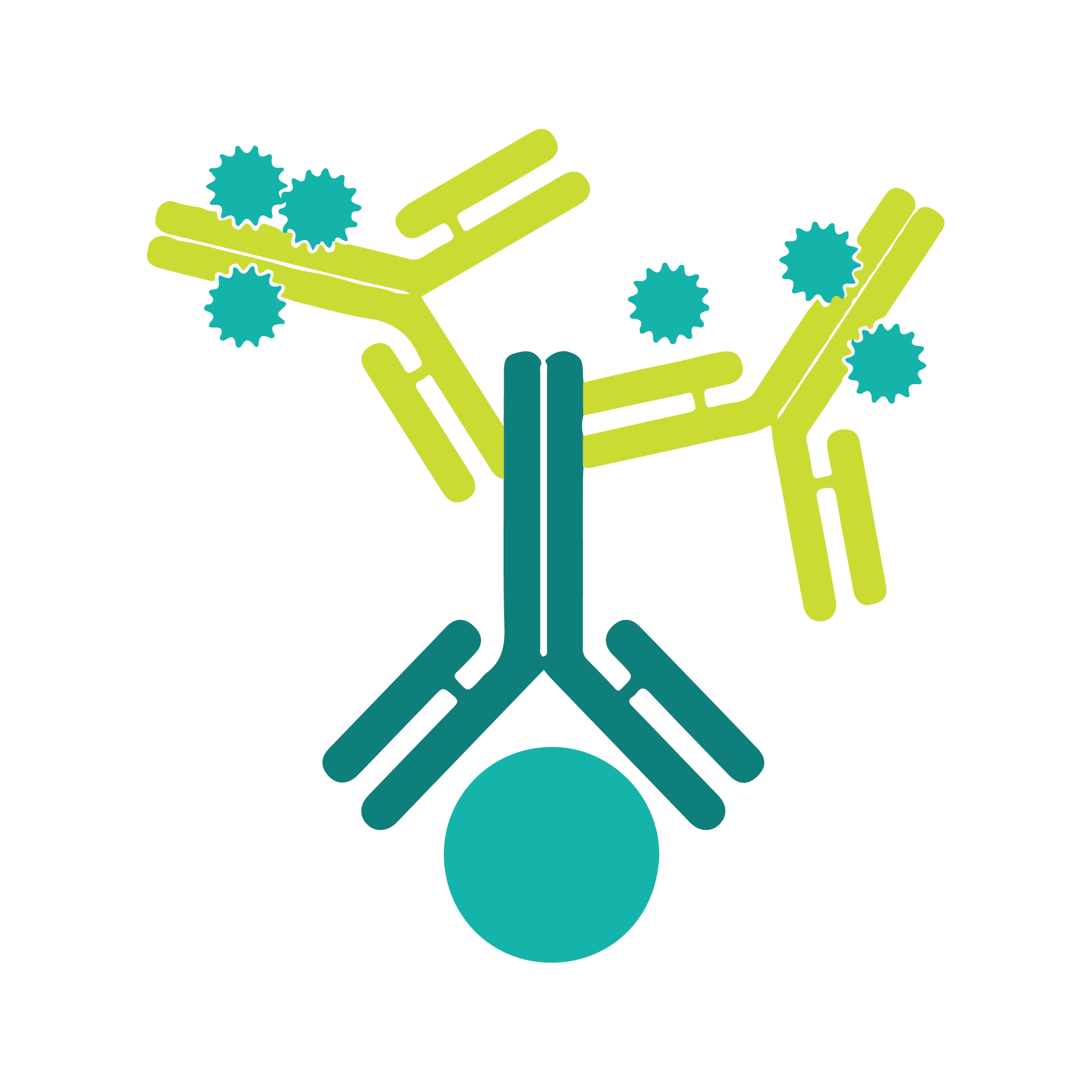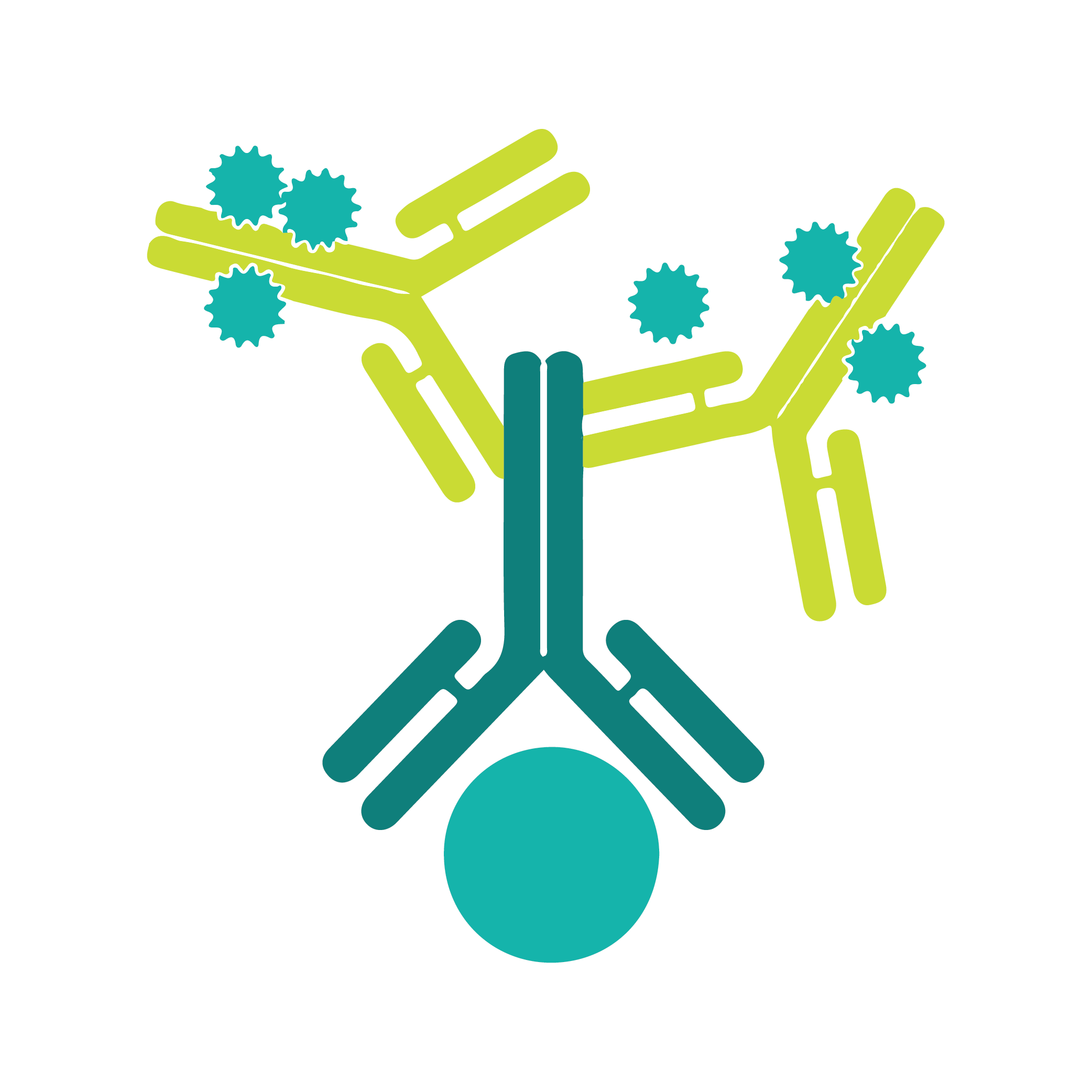Invitrogen F(ab')2-Goat anti-Rabbit IgG (H+L) Cross-Adsorbed Secondary Antibody, Alexa Fluor™ Plus 488, 500 µg
On demandInvitrogen F(ab')2-Goat anti-Rabbit IgG (H+L) Cross-Adsorbed Secondary Antibody, Alexa Fluor™ Plus 488, 500 µg
F(ab')2 antibody fragments offer several benefits over whole IgGs, due to their smaller size (~110 kD vs. ~ 150 kD) and the absence of most of the Fc region. The smaller size allows for better penetration into tissue sections, resulting in improved staining in applications such as IHC. The lack of Fc region results in reduced nonspecific background staining when staining cells with Fc receptors (such as immune cells) and other Fc interaction-related interference.
F(ab')2 antibody fragments were obtained by a combination of pepsin digestion and immunoaffinity chromatography to remove residual Fc fragments and undigested whole IgG molecules.
To minimize cross-reactivity, the goat anti-rabbit IgG F(ab')2 fragments have been cross-adsorbed against human, mouse and rat serum proteins. Cross-adsorption or pre-adsorption is a purification step to increase specificity of the antibody resulting in higher sensitivity and less background staining. The secondary antibody solution is passed through a column matrix containing immobilized serum proteins from potentially cross-reactive species. Only the nonspecific-binding secondary antibodies are captured in the column, and the highly specific secondaries flow through. The benefits of this extra step are apparent in multiplexing/multicolor-staining experiments (e.g., flow cytometry) where there is potential cross-reactivity with other primary antibodies or in tissue/cell fluorescent staining experiments where there may be the presence of endogenous immunoglobulins.
Using conjugate solutions: Centrifuge the protein conjugate solution briefly in a microcentrifuge before use; add only the supernatant to the experiment. This step will help eliminate any protein aggregates that may have formed during storage, thereby reducing nonspecific background staining. Because staining protocols vary with application, the appropriate dilution of antibody should be determined empirically.
Specificity: This antibody binds to heavy chains on rabbit IgG and light chains on all rabbit immunoglobulins. This antibody does not bind to human, mouse or rat serum proteins/IgG or rabbit non-immunoglobulin serum proteins.
Target Information
Anti-Rabbit secondary antibodies are affinity-purified antibodies with well-characterized specificity for rabbit immunoglobulins and are useful in the detection, sorting or purification of its specified target. Secondary antibodies offer increased versatility enabling users to use many detection systems (e.g. HRP, AP, fluorescence). They can also provide greater sensitivity through signal amplification as multiple secondary antibodies can bind to a single primary antibody. Most commonly, secondary antibodies are generated by immunizing the host animal with a pooled population of immunoglobulins from the target species and can be further purified and modified (i.e. immunoaffinity chromatography, antibody fragmentation, label conjugation, etc.) to generate highly specific reagents.
MoreThere are no specifications
There are no report
You May Also Like
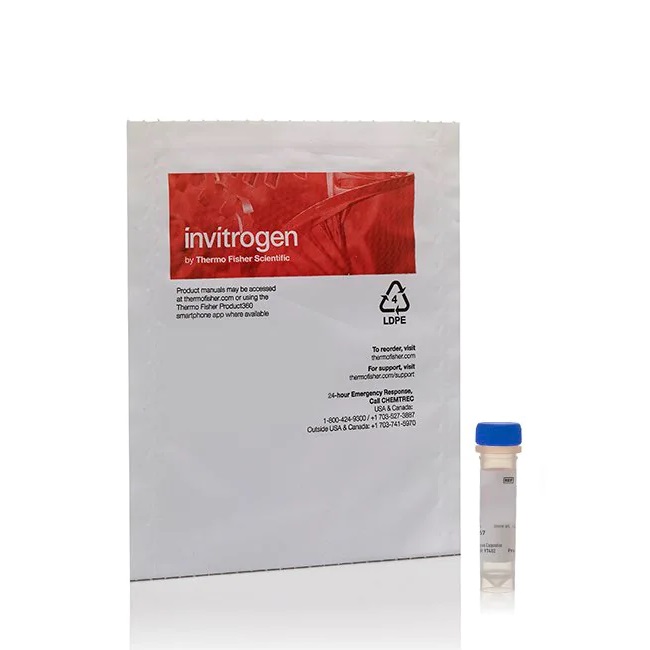
Invitrogen Goat anti-Rabbit IgG (H+L) Highly Cross-Adsorbed Secondary Antibody, Alexa Fluor™ 546
$ 431
On demand

Invitrogen F(ab')2-Goat anti-Rabbit IgG (H+L) Cross-Adsorbed Secondary Antibody, FITC, 1 mg
$ 337
On demand
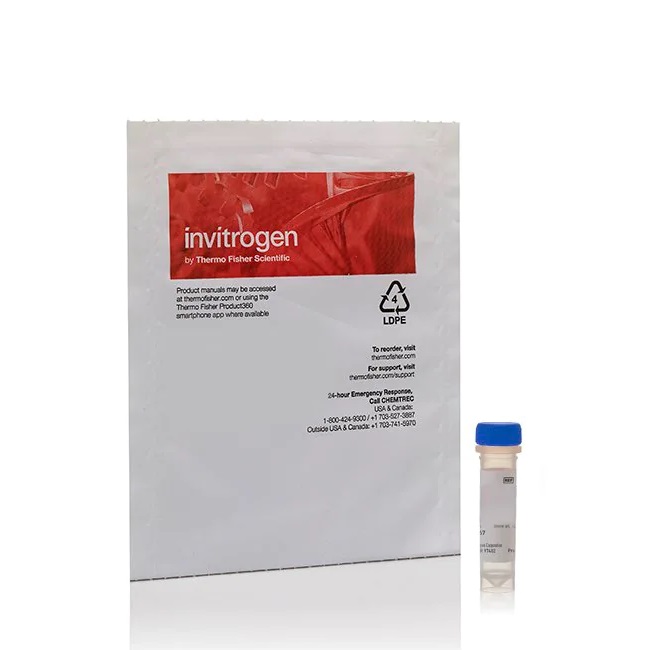
Invitrogen Goat anti-Rabbit IgG (H+L) Cross-Adsorbed Secondary Antibody, AP, 1 mL
$ 369
On demand
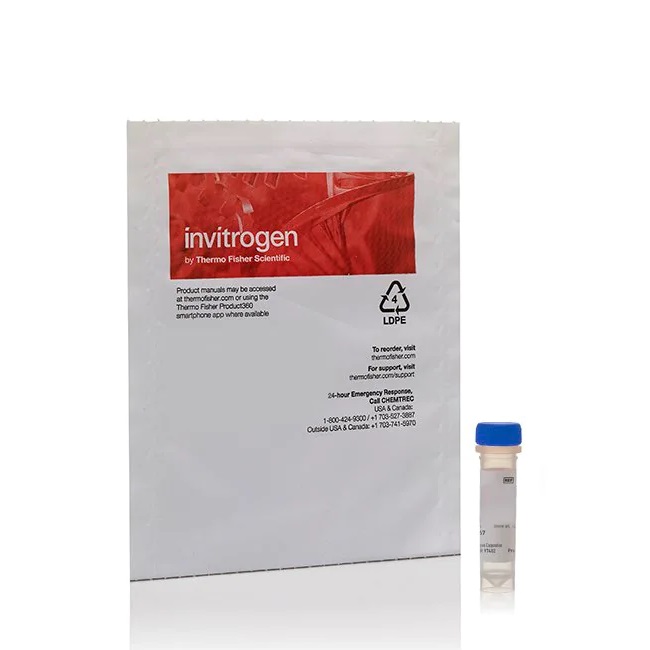
Invitrogen Goat anti-Rabbit IgG (H+L) Cross-Adsorbed Secondary Antibody, PE-Alexa Fluor™ 610, 100 µg
$ 791
On demand
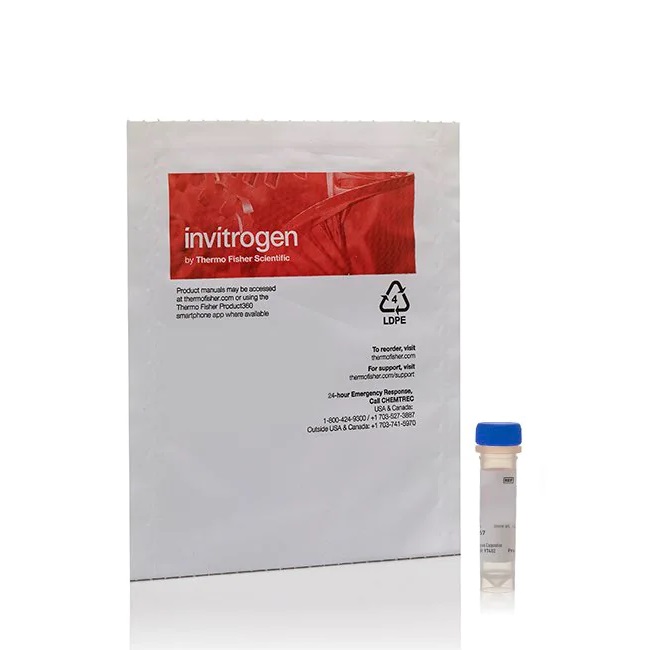
Invitrogen Goat anti-Rabbit IgG (H+L) Cross-Adsorbed Secondary Antibody, Alexa Fluor™ 680, 1 mg
$ 343
On demand
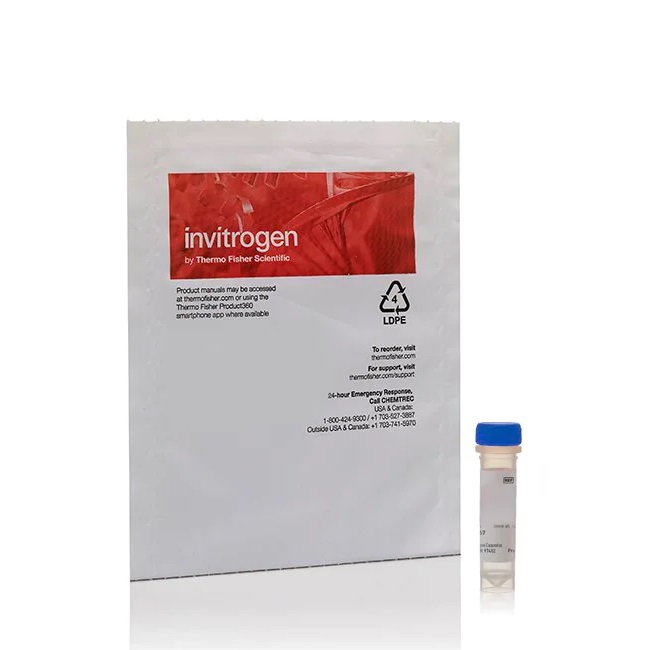
Invitrogen Goat anti-Rabbit IgG (H+L) Cross-Adsorbed Secondary Antibody, HRP, 1 mg, 1 mg/mL
$ 215
On demand
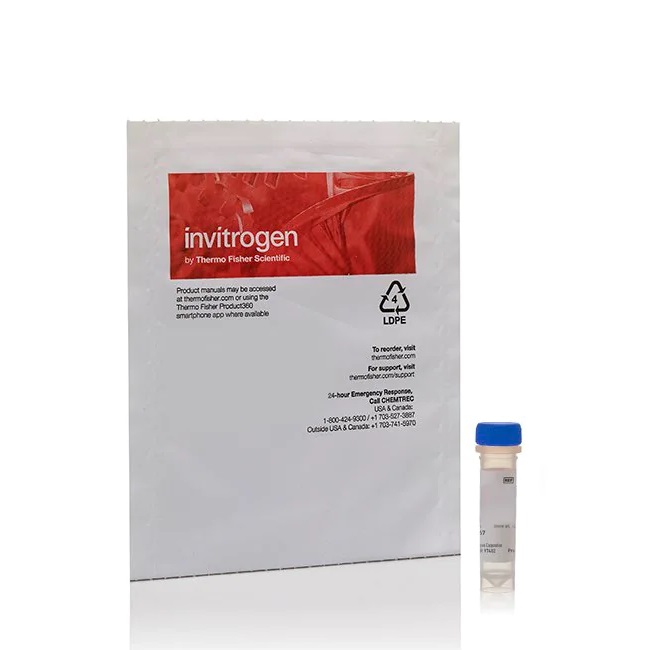
Invitrogen Goat anti-Rabbit IgG (H+L) Cross-Adsorbed Secondary Antibody, FITC, 1.5 mg
$ 253
On demand
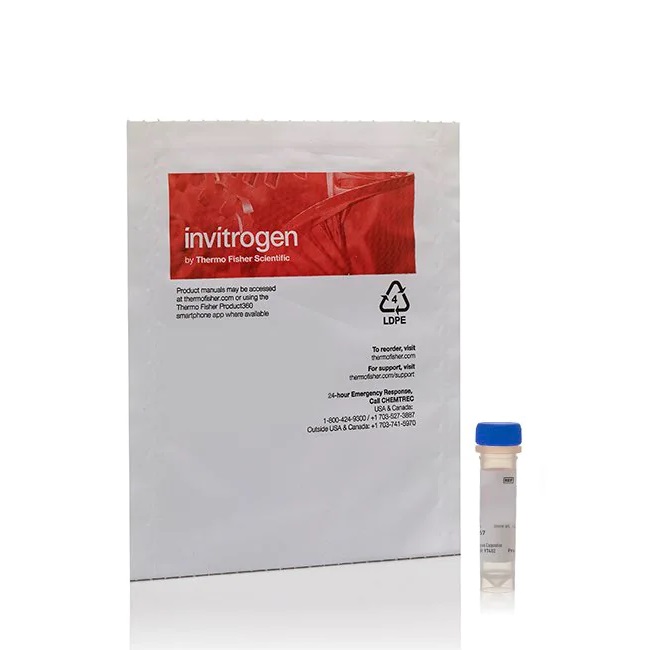
Invitrogen Goat anti-Rabbit IgG (H+L) Cross-Adsorbed Secondary Antibody, Texas Red, 1 mg
$ 260


